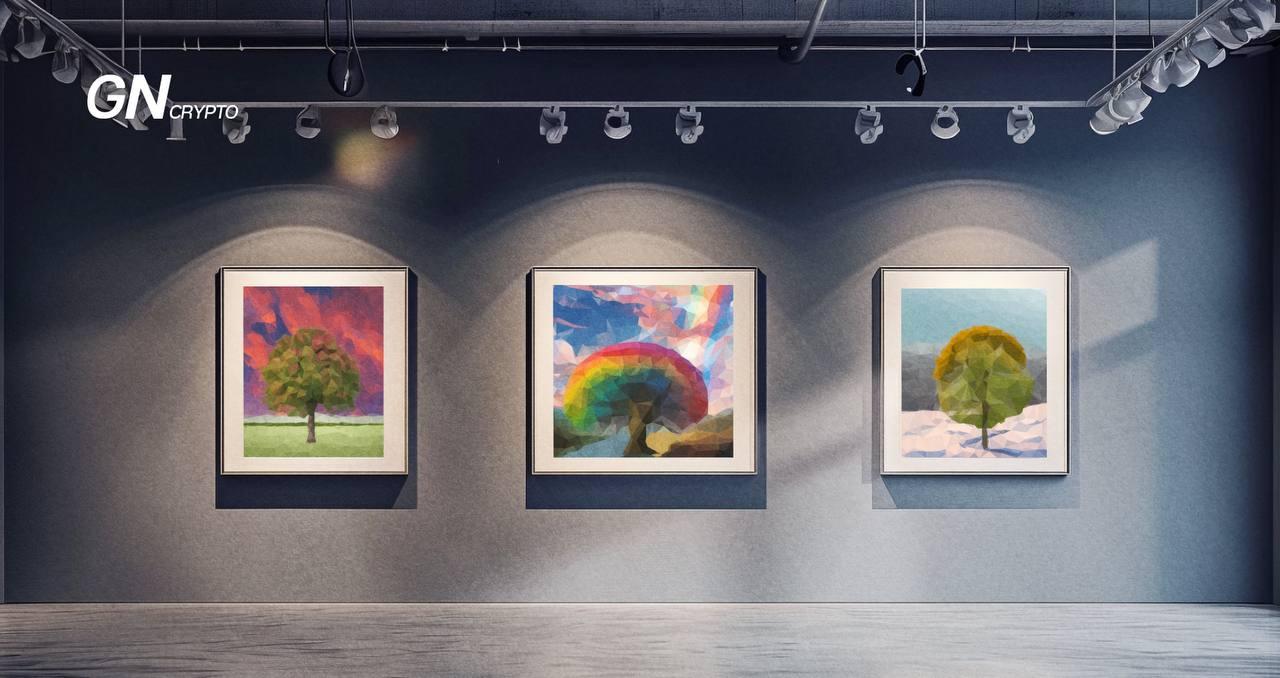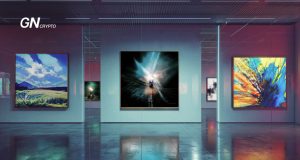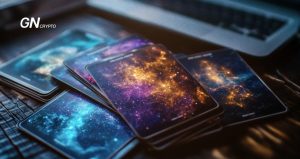From Programming to Art: The Story of Justin Kalland

Justin Kalland is a software engineer and artist, known by the nickname nix.eth. He crafts NFT collections using specialized algorithms.
On this page
Justin’s fascination with the internet and programming began in his childhood, leading him to spend a significant part of his career developing various Web2 projects, such as social networks and casual games. A few years after Bitcoin’s inception, Justin started exploring the first cryptocurrency and blockchain technology. According to Kalland, this event dramatically altered his life and worldview, making him an enthusiastic supporter of decentralized finance.
However, it wasn't until 2021 that Kalland fully committed to Web3 as the technology gained widespread popularity. He began working with several projects and developers, aiming to enhance or decentralize existing global and local systems. At that point, he had no intention of pursuing art.
My cohort got a lot wrong building web2, I saw this as a chance to try and improve it,
Justin notes.
Kalland never considered himself an artist, viewing digital art as a natural extension of traditional forms of creativity. For him, programming is an experiment where patience and constant code testing yield the best results. Nevertheless, after several years of working on his first algorithm, Justin ventured into generative art and released his own NFT collections.
To create images, nix.eth uses vector graphics, ideal for generative art due to their infinite scalability. He prefers working with geometric shapes, presenting simple images in unconventional forms. So far, Justin has released two NFT collections: Treeangles (on the Ethereum blockchain) and Hexagon on the L2 blockchain Base (originally named Hexag⬡n, though the ⬡ symbol may not display on some devices).
Treeangles consists of various polygonal tree variations set in vibrant locations. All algorithms and data are stored on the blockchain (instead of the traditional IPFS), and users can download images in their desired format from the platform Reader.Gallery—a specialized service for viewing on-chain data added via the Story Inscriptions protocol. Additionally, minting this collection funded the planting of 5,000 trees worldwide.
Treeangles Collection. Source: Official OpenSea Website.
The collection includes 300 unique NFTs with a CBE-COMMERCIAL-NO-HATE license, allowing token owners to use them as they wish (except for offensive content), but without copyright ownership. Calland also added unique features to each NFT: complexity, environment, landscape, tree variant, and size. Currently, the minimum price of a token is 0.21 ETH (around $720), with a standard 5% royalty.
Hexagon appears more complex: each image is a grid of hexagons generated from a special key. Each key is derived during the token minting process, making the final result unknown in advance. The algorithm, defined by the key, performs complex quantum calculations, with data provided in real-time by a team of quantum optics researchers from ANU. Once the calculations are complete, the algorithm determines the distance between cells and their number (at least five), edge roundness, palette, and name. On the OpenSea website, users can interactively change the background color and create social media banners, smartphone wallpapers, or avatars.
Hexagon Collection. Source: Official OpenSea Website.
Hexagon offers 2,000 unique NFTs with various features (key, palette, name, process, and other characteristics). As with Treeangles, all algorithms and other information are stored on the blockchain, not in metadata. At the time of writing, a Hexagon NFT can be purchased for just 0.015 ETH ($45), with a 6% artist royalty.
The artist believes that interactive elements in NFTs (as implemented in the Hexagon collection) help engage the audience. He also advises aspiring artists not to rush into publicly releasing their own collections but to spend time learning the technology, implementing their ideas, and engaging with the community. In his view, quality of work is much more important than quantity. Justin sees NFT technology as a game-changer for many areas of our lives, well beyond the scope of art alone.
The content on The Coinomist is for informational purposes only and should not be interpreted as financial advice. While we strive to provide accurate and up-to-date information, we do not guarantee the accuracy, completeness, or reliability of any content. Neither we accept liability for any errors or omissions in the information provided or for any financial losses incurred as a result of relying on this information. Actions based on this content are at your own risk. Always do your own research and consult a professional. See our Terms, Privacy Policy, and Disclaimers for more details.



























